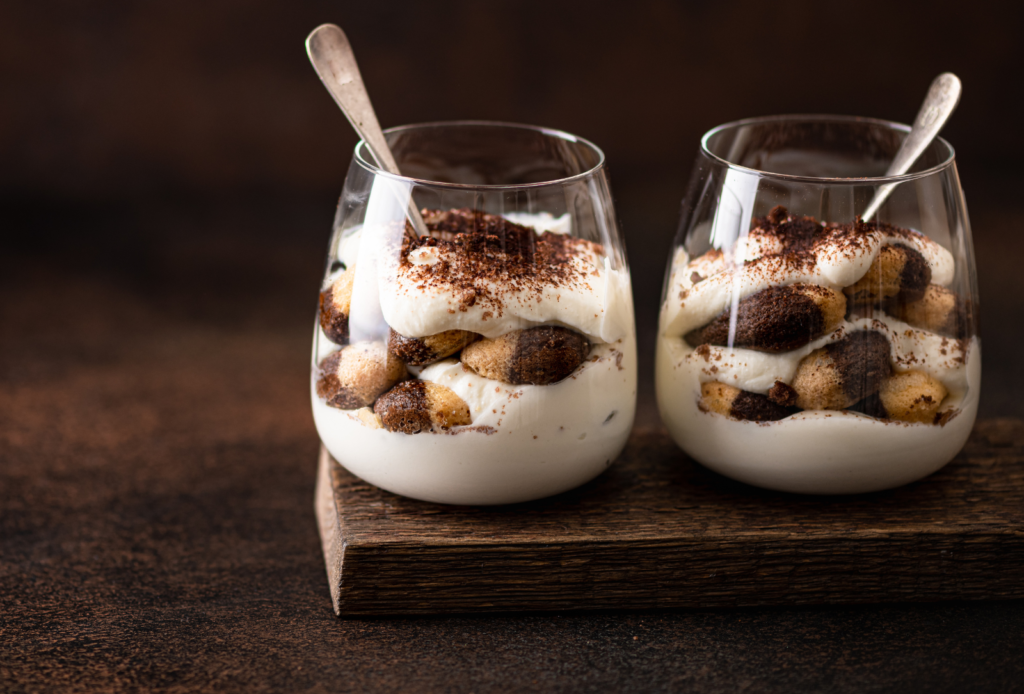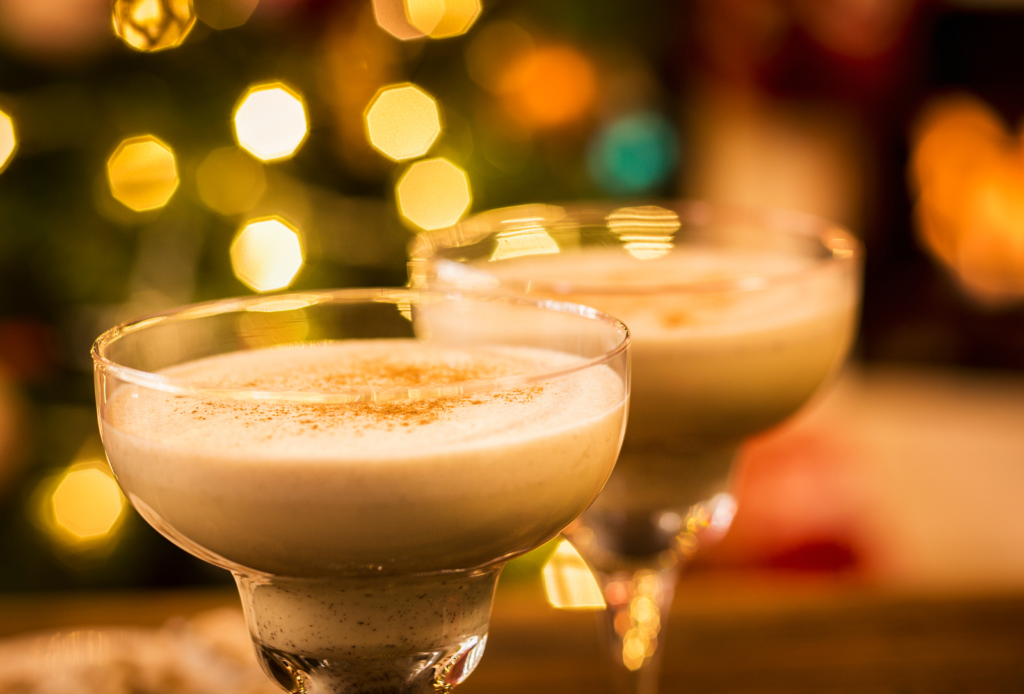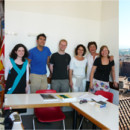In addition to being two delicious spoon desserts, easy to make because they are made with simple ingredients such as eggs and sugar, Venetian tiramisu and Piedmontese zabaione apparently share the fact that they have long been considered aphrodisiacs.
According to legend, tiramisu was invented in the second half of the eighteenth century by the bawd of a pleasure house located in the historic centre of the city of Treviso. The lady, owner of the brothel, had apparently devised this sweet aphrodisiac to "invigorate" her customers and lift their spirits when they returned home. The name of the dessert, in fact, literally means "lift me" and comes from the Treviso dialectal expression "tireme su". It seems that the bawd would apparently offer this dessert to her customers by telling them "desso ve tiro su mi" (now I will pick you up). Obviously, the dessert soon became famous and began to feature in all the city inns and pastry shops. In the second half of the twentieth century, having lost its reputation, in the Treviso countryside tiramisu was considered as a restorative medicine: it was, in fact, offered to newlyweds, new mothers, children and people who felt under the weather. In this guise, tiramisu is said to have also been offered by Turin’s pastry chefs to Camillo Benso, Count of Cavour, to restore his strength after the hard work and stress that his political activity for the unification of Italy caused him.
Turin’s typical zabaione is also supposed to be a natural aphrodisiac. Also known as zabajone or zabaglione, it is a sweet and frothy cream made from egg yolks, sugar and marsala wine. According to legend, at the dawn of the sixteenth century, Spanish Franciscan friar Pasquale de Baylon was based in Turin. The monk was apparently quite famous among Turin’s ladies of the time for having invented an egg-based cream with the ability to "awaken even the sleepiest of husbands". The success of this natural and homemade invigorator was such that the ladies from Turin began to hand down its recipe from mother to daughter. It soon became popular beyond the borders of the Savoy kingdom, spreading throughout Italy. The dialectal term sambajon, from which the name zabaione comes, is supposed to come from the name of the friar, who was even canonised as Saint Baylon. In addition to bearing the title of inventor of this delicacy, in 1722 the friar was named Saint protector of all cooks worldwide. Even nowadays in Turin, on 17 May, the Chefs' Association meets at the church of San Tommaso, where the friar lived, to honour his memory.
Regardless of their legendary origin, tiramisu and zabaione are undoubtedly much loved by Italians, also because they are relatively cheap and easy to make.
On Valentine's Day, should you like to try your hand at preparing them, here are the recipes:
Let us know if it was a success….
This Valentine's Day, fall in love with the Italian language: take advantage of our special offers valid until February 14th!
More articles about Italian cusine:
- Pizza: the most famous and loved Italian dish
- Negroni: its connection with Florence
- Carbonara, a traditional Roman Recipe
Listen to the episode of ITALIANO ON-AIR:
Scuola Leonardo da Vinci Turin
The welcoming friendly atmosphere of our school will make you feel at home and you can relax with your classmates in the small gardens of the adjacent pedestrian area.
Latest posts by Scuola Leonardo da Vinci Turin (see all)
- In Turin, a breaded cutlet is called grissinopoli - July 4, 2024
- Fritz the elephant and Turin’s Museum of Natural Sciences - May 23, 2024
- THE GIRO D’ITALIA - May 8, 2024












